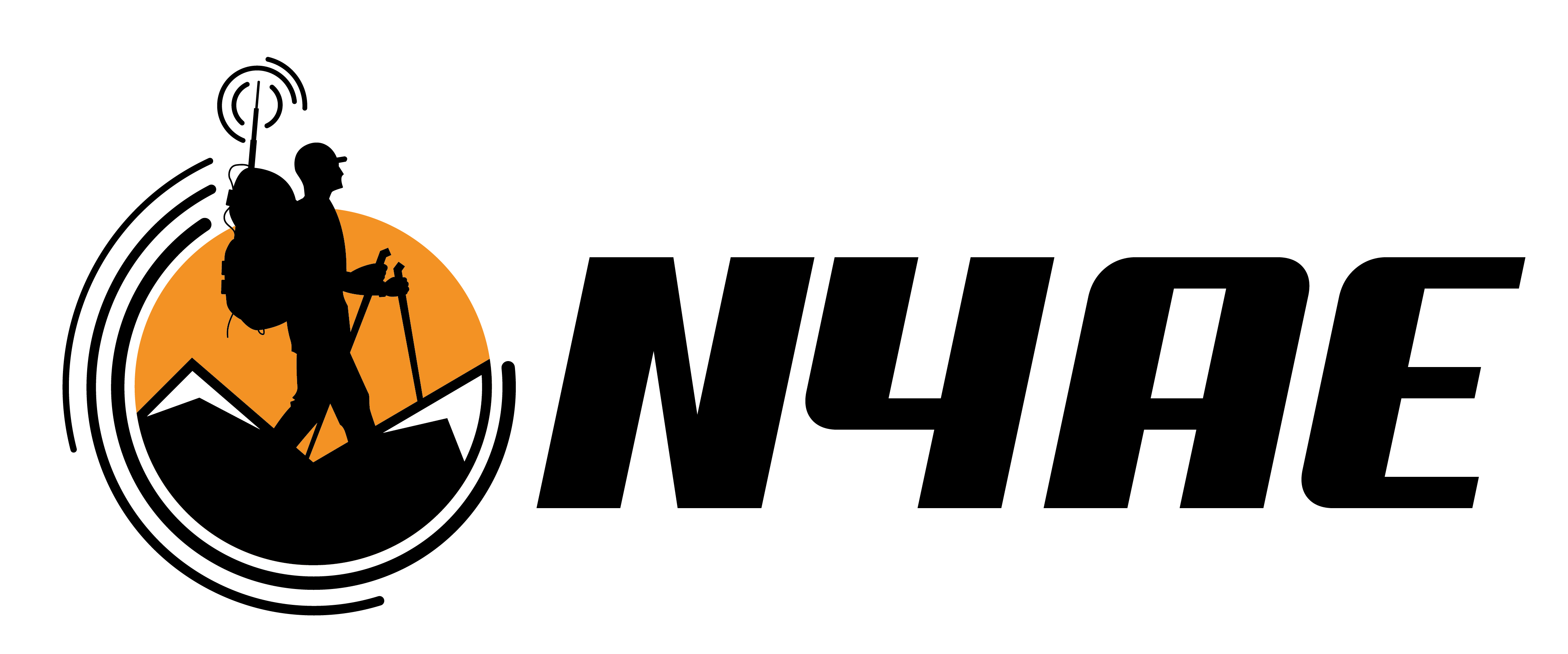Why Marathons Are Better than 5K Races
The 2017 Chicago Marathon is tomorrow. Runners from all over the world are here looking to compete after months of intense training.
For the 12,000 volunteers who make the race run, it also is the culmination of weeks of preparation.
Go Big or Go Home
There is no substitute for a large-scale event on preparedness. The increased complexity of the event enhances a participant’s skill and knowledge. It promotes teamwork and cross-discipline cooperation. Finally, it develops a high-reliability preparedness network in the event of a large-scale disaster.
What you do does not matter. What matters is that you practiced at scale.
The Shamrock Shuffle
The Shamrock Shuffle is an 8K road race that resembles the Chicago Marathon by design. To runners, the March race kicks off weeks of marathon training. To event leadership, it is a sandbox for testing new ideas.
For volunteers, the Shamrock Shuffle is a low-key event.
Things get busy as the elite runners approach. Once they pass, first-time volunteers get the hang of things pretty quickly. Then it’s over.
The Chicago Marathon
The Chicago Marathon, by contrast, is like the D-Day Invasion.
There are 20 Medical Aid Stations on the course, each with 10 medical professionals and 2-6 Ham Radio Operators.
In the last 2 miles, there are 30-40 EMTs and another 10 Ham Radio Operators.
In Grant Park, where runners celebrate their achievement, there are 8-10 Mobile Triage Teams. Each Triage Team has 2 EMTs, 2 Student EMTs, a Physical Therapist and a Ham Radio Operator.
Did I mention the three MASH-like Medical Tents and their staff?
It is a non-stop day for these volunteers, as well as hundreds of others in other support roles across the city.
Impact of Scale and Complexity on Training
Emergency Managers consider the Shamrock Shuffle an exercise ahead of the full-scale Chicago Marathon event later in the year.
For Amateur Radio Operators, the benefit is clear. The scale and complexity of a marathon is an unparalleled opportunity to test equipment, skills, and stamina.
The deployment includes 150 radio operators using a 16 frequency band plan. There are 4 traffic nets to cover everything from logistics to cardiac deaths on the course.
The event lasts 12 hours. Everyone has to consider how to keep power running to base stations and hand held radios. Food and water are logistics challenges too.
If you and your EmComm Kit work well during an event like this one, everything should work well after a flood or tornado. Scale is the key to a good test.
How Does This Apply to Preparedness?
Honestly, any marathon will have this level of complexity. It doesn’t have to be a marathon in Chicago, Los Angeles, or Boston. It can be in your town too.
For emergency preparedness, large-scale events are better training opportunities than small ones.
What do you think? Do you agree or disagree?
Leave a comment below and start a conversation.



















